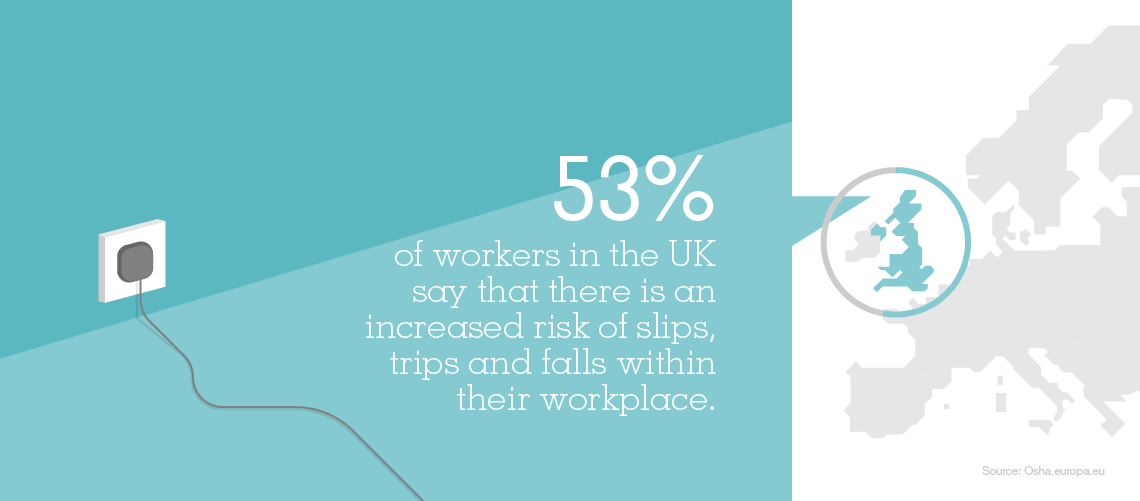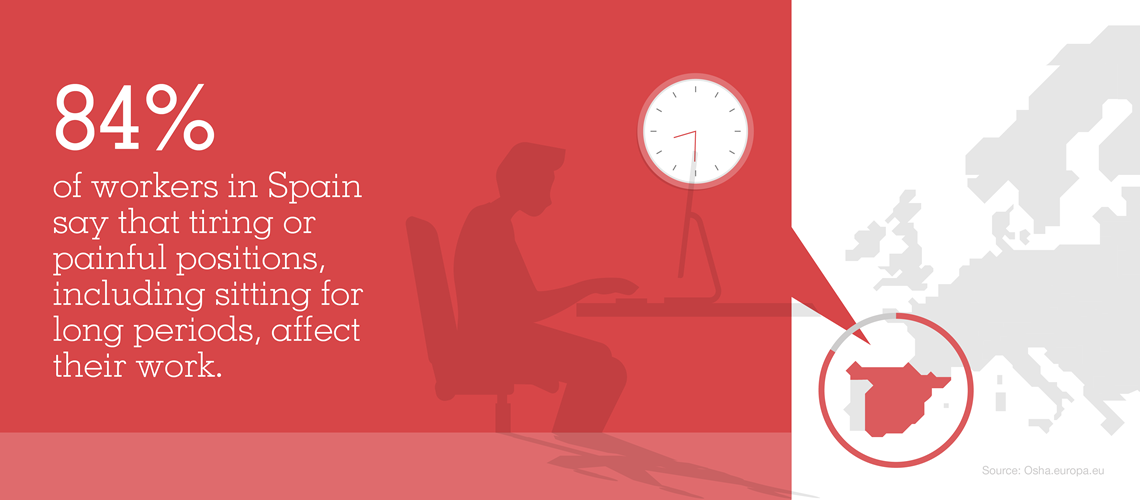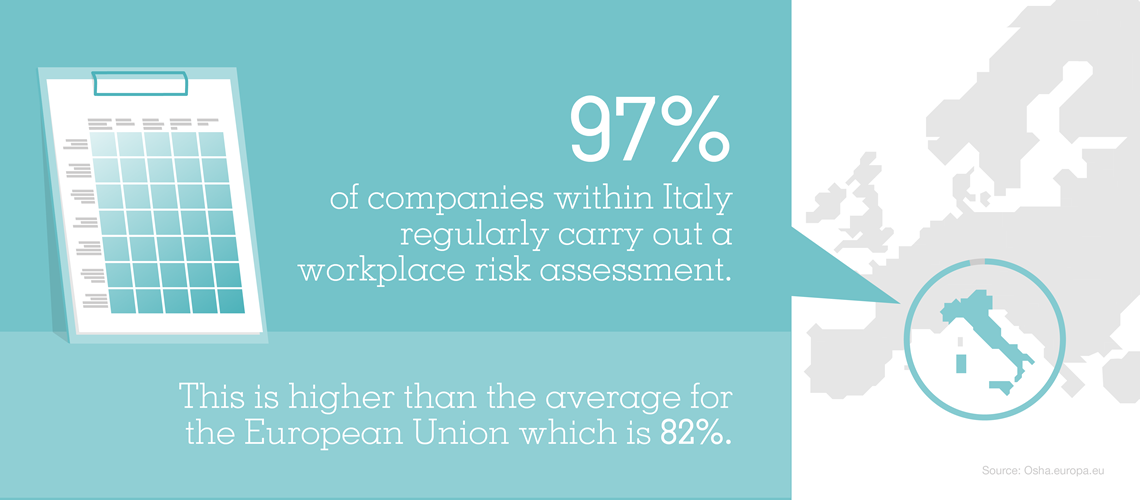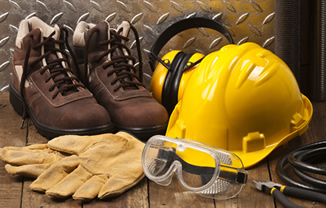
Considering Traditional Health & Safety Risks in the Workplace
Workplaces are constantly evolving into new and exciting workspaces. Whether you are a small business working from a dedicated space, a medium office working across a number of floors, prefer a private office, cubicles or an activity based working area; health and safety will affect your workplace. Currently there is much discussion concerning how technology impacts the health and safety of employees and their workplaces. The debate rages as to whether technology makes people’s lives that little bit easier or prevents people from ‘shutting off’ once they have shut down their laptop. Irrespective of this argument, it should not be forgotten that the more traditional forms of health and safety will continue to remain relevant regardless of advances in technology. As long as people need chairs and/or desks to work, cables to charge appliances and continuing to spill drinks on the floor traditional health and safety risks will exist. As the business owner, team leader or office manager of a small or medium business, you will need to provide guidance on slips, trips, falls, ergonomic set up and how to prevent these issues in the workplace.
Let us for a moment consider the freshly made cup of coffee which splashes over the side of the cup, the fizzy soft drink that ‘explodes’ as you twist the cap off, the soap dispenser in the bathroom which is always leaking on the floor. All examples of the small issue which creates a larger problem for the person walking behind who slips as a result. Let us examine the argument for going digital. Whilst this may reduce paperwork and as such problematic filing systems or boxes which may cause accidents in the hallway, it is virtually impossible to be completely cable free and as a result trip free. Network cables, lamp cords, charging cables are all hazardous when not stored properly away from walkways. Finally, let us contemplate just how many offices have stepladders for those hard to reach shelves, for the top of the project management board in order to accurately update projects, to hang that well-earned award for dedication to your job. Without a reliable stepladder, is the next best option the rolling chair? – let us hope not! Slipping, tripping or falling remains one of the most common accidents in a workplace and one that is so easily avoidable with the right equipment and mindset.

Traditional health and safety is not all about broken bones or sprained limbs, it can also be about strained neck muscles and sore wrists. Providing your employees with the right equipment and showing them how to use it is the most effective means of reducing the risk of ergonomic injury. When considering a workstation – one-size fits all is not even an option! Just as offices come in all shapes and sizes so do employees, which means that each workstation needs to adjustable. From the height of the desk to the height of the chair to the angle of the screens and the location of their keyboard and mouse, each element needs to be considered independently to help them work productively and without injury. It is also integral to teach them how to use their equipment, showing them how to adjust their desk and chair and the correct angle at which they sit provides them with the means to make adjustments of their own.

The ideal angle for your arms to be placed on the desk in relation to your body is 90°. Resisting this long-standing trend are those who would prefer to stand at their desks instead of sit. Madness? Not necessarily! Whilst this may echo the thoughts of many who would argue that people spend too much time sitting throughout the day, it is not necessarily for everyone. If you are the type of person tends to run from meeting to meeting or perhaps leads an active life during your lunch break then sitting behind a desk may be the relief your back and legs need during the day. If you are, however, the person who feels ‘trapped’ behind their desk during the day then this could be the change of view you are looking for. Standing behind your desk does come with its own ergonomic requirements. It is important to ensure the following:

Whilst this is not an extensive list of possible risk areas within a typical workplace it is an important place to start should you need to carry out a workplace risk assessment. Being aware of how you and your employees work on a daily basis can help to mitigate risks in the workplace and create a safe and enjoyable workplace for all.

Health & Safety Solutions
You can call a Staples representative at the following number:
+44 (0) 121 322 1000
You can also fill out the form below and one of our representatives will get in touch with you shortly.